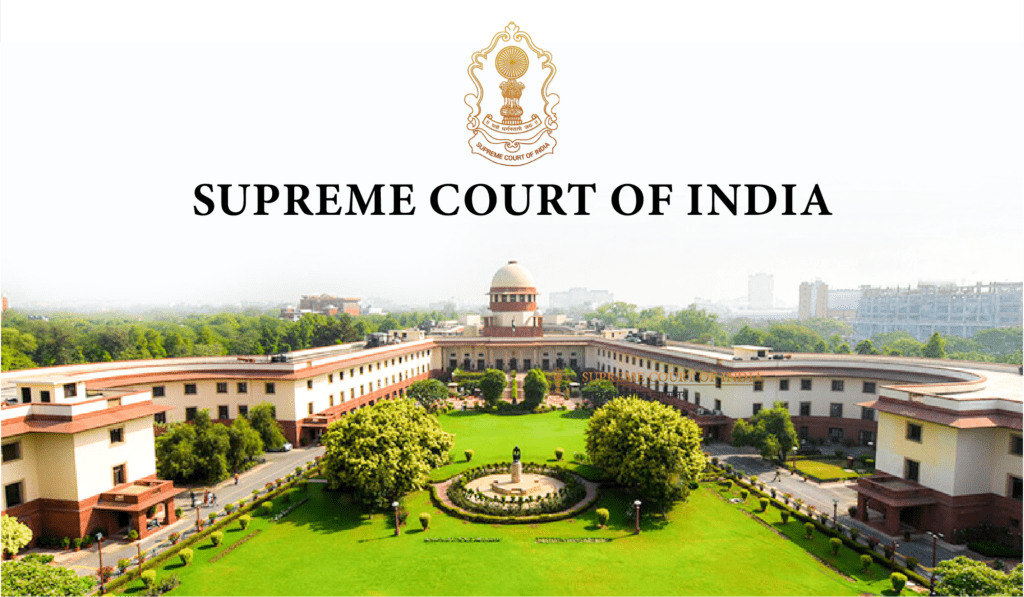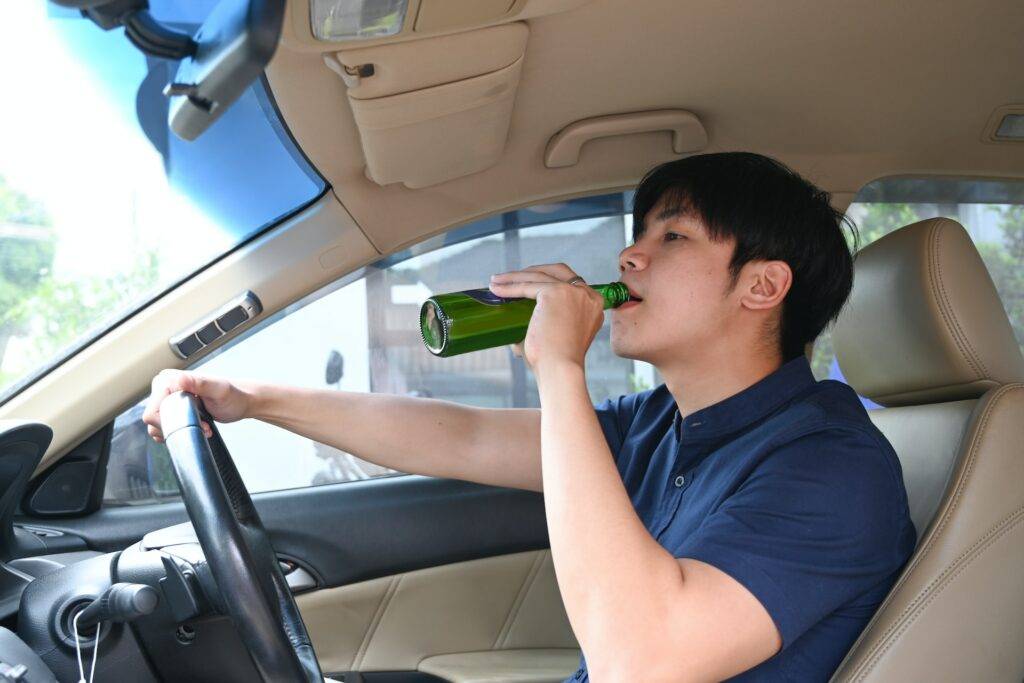
Drunk & Drive Case
DUI and DWI are sometimes used interchangeably to refer to the criminal offence of operating (or, in some jurisdictions, merely being in physical control of) a motor vehicle while under the influence of alcohol, drugs, or a mixture of both. In the United States, all states set a per se blood or breath alcohol level as the threshold for an independent criminal offence. In most places, a second criminal offence of driving “under the influence” or “while impaired” is also prosecuted, with a permissive presumption of guilt if the person’s BAC is 0.08% or higher (milligrammes per deciliter, meaning 8 g of alcohol in 10 litres of blood). Some states (for example, Colorado) contain a lesser charge, known as driving while ability impaired, that may apply to those with a 0.05% or higher but less than the 0.08% per se limit for the more serious charge. Wisconsin, on the other hand, is the only state that still considers first offence drunk driving arrests to be a forfeiture.The amount of alcohol consumed to get a BAC of 0.08% varies depending on the individual’s body composition and condition of health. Prior to the 1980s, when there was a greater emphasis on drinking and driving, guidelines of 0.10%-0.15% were in force. In New York, the legal limit for commercial drivers is 0.04%.

Suspicion Is Reasonable To Stop
The police may come into touch with a driver in a variety of situations, some of which are as follows:
- The motorist was engaged in a car collision; the officer arrived on the scene and is conducting an investigation.The driver was stopped at a sobriety checkpoint (sometimes referred to as a roadblock).
The police received a report, possibly from an anonymous person, that a particular car was driving recklessly. Before pulling the driver over, the police should confirm the erratic driving. In some situations, the driver will be removed from the car. - The officer on patrol has seen erratic, suspicious driving or a pattern of traffic violations that indicate the driver may be inebriated. This is by far the most prevalent reason for a suspect’s detention.
A police officer stops a vehicle for a minor traffic violation, detects indicators of intoxication, and initiates a DUI investigation. - The following list of DUI symptoms is taken from a National Highway Traffic Safety Administration document (DOT HS-805-711) and is commonly used in training officers to detect drunk drivers. Following each symptom is a percentage figure that, according to the NHTSA, represents the statistical likelihood that a motorist is over the legal limit based on studies.
